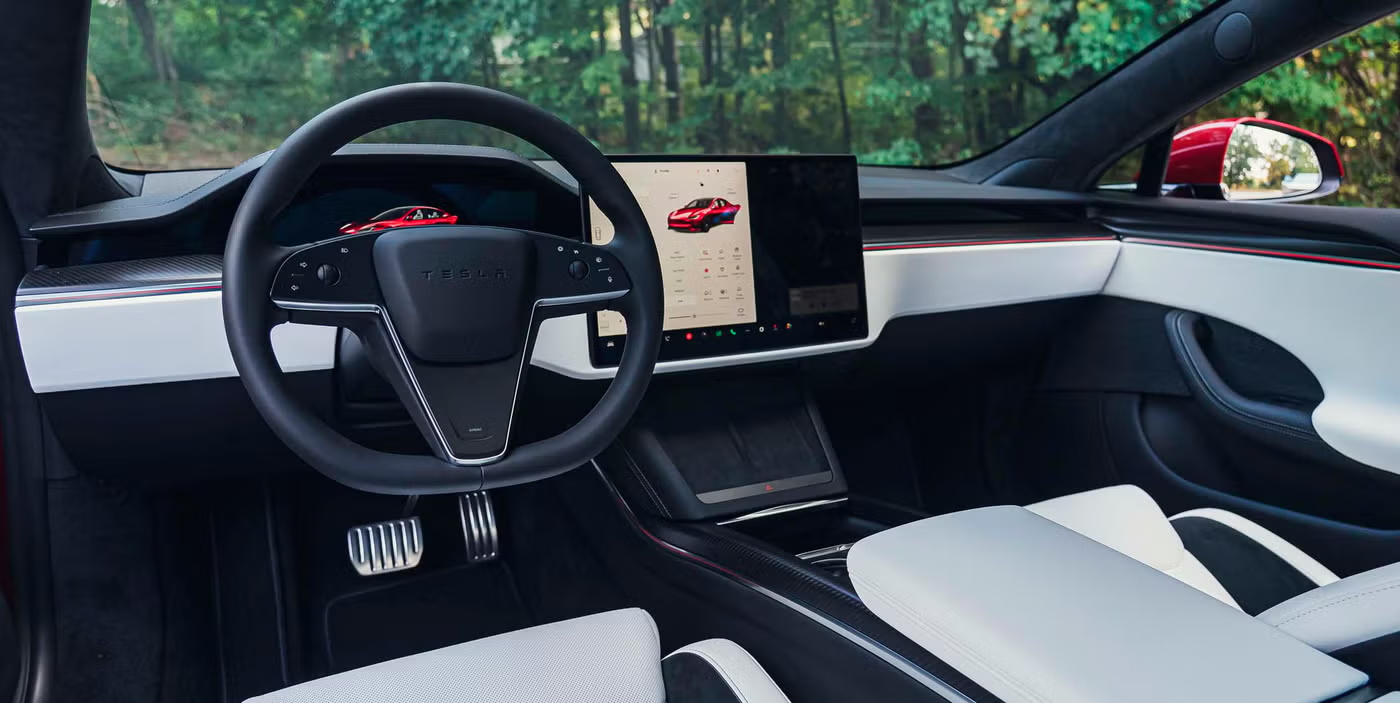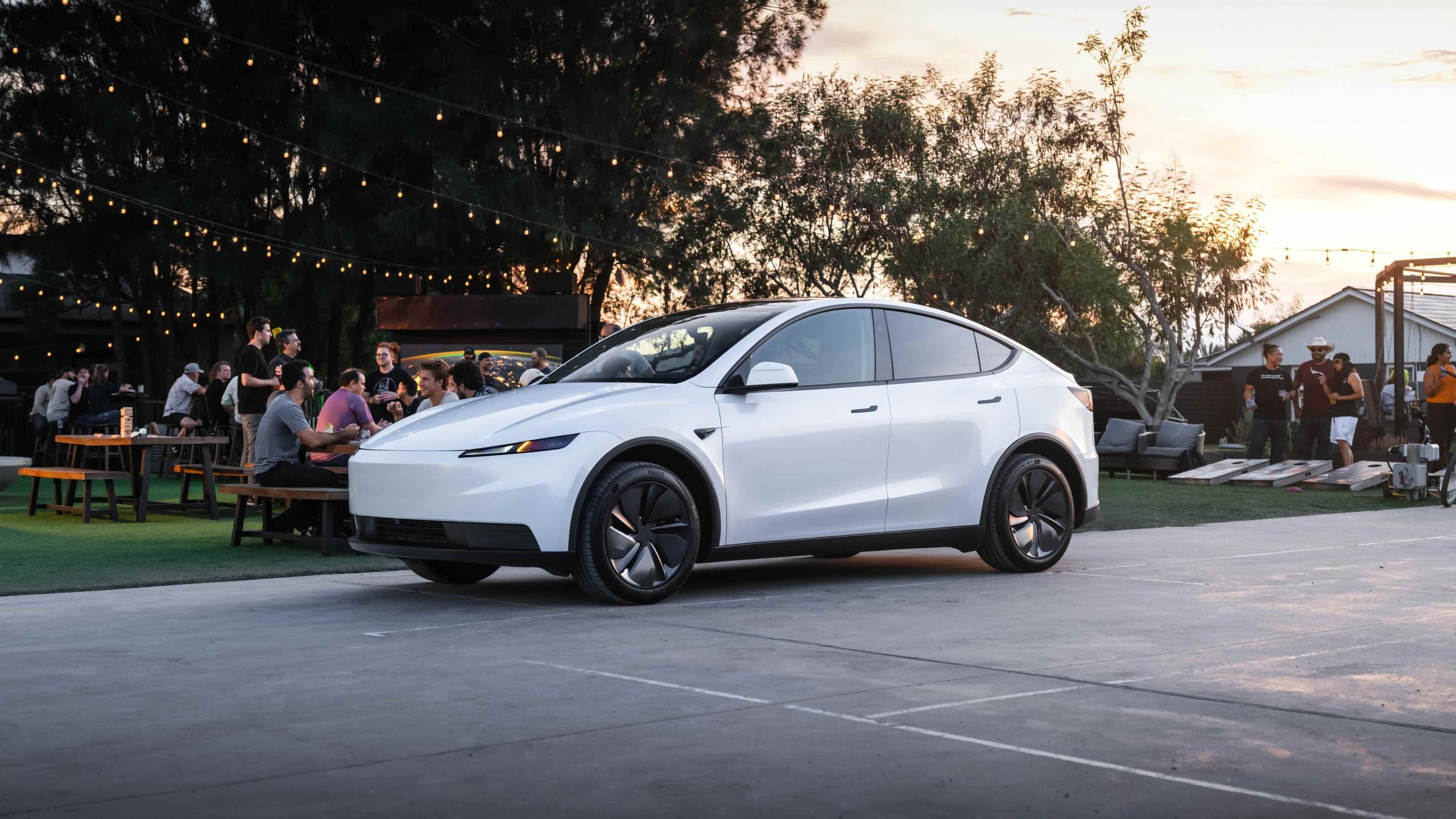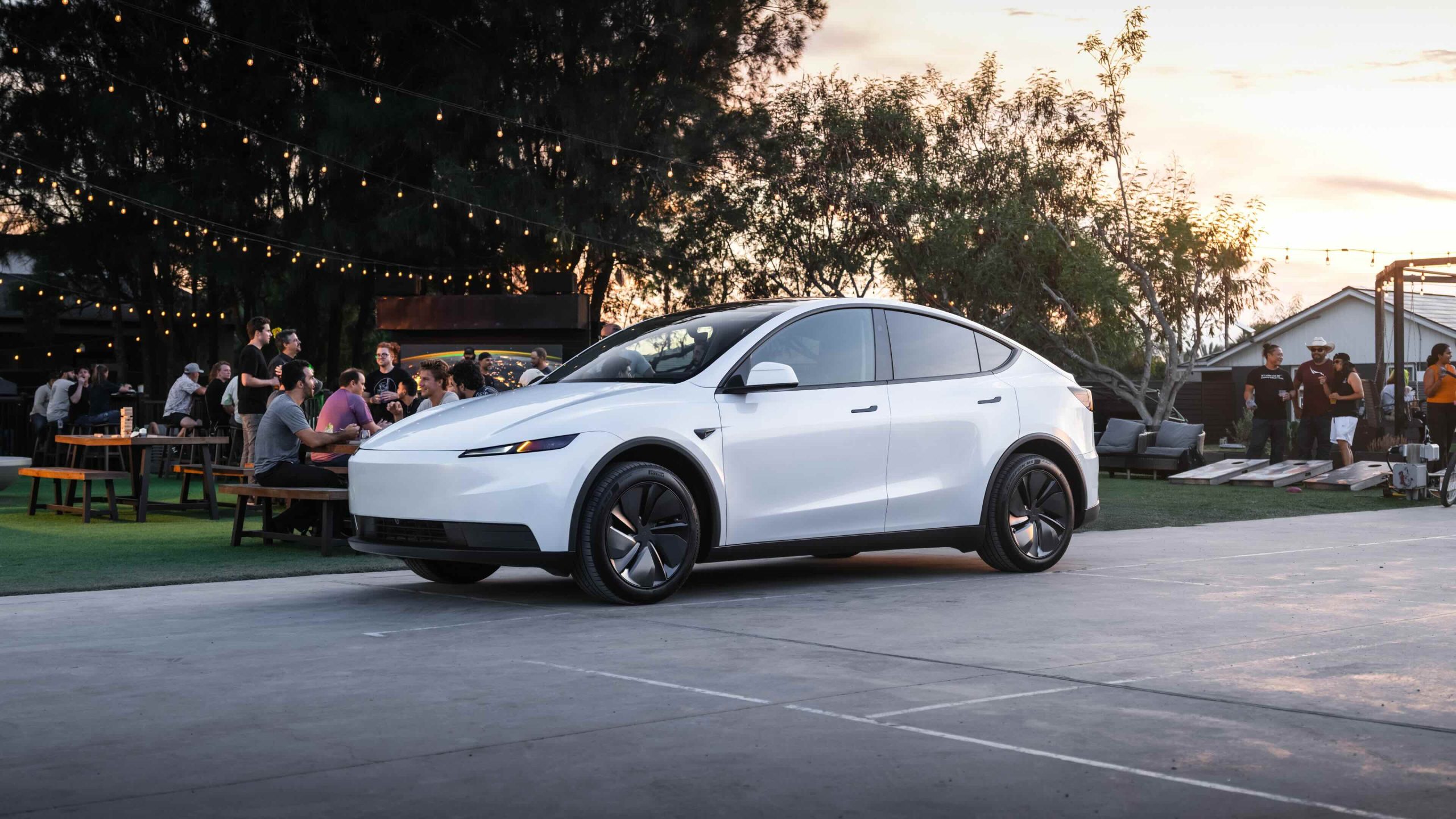CATL Introduces Next-Gen Sodium-Ion Battery with 500 km Range, Targets 2026 Mass Production
Covers infotainment, ADAS and software updates. Daily: Hyundai Ioniq 5. Project car: NB Miata with a homebrew CarPlay retrofit.
In a groundbreaking announcement, Contemporary Amperex Technology Co., Limited (CATL) has revealed its latest advancement in battery technology—a sodium-ion battery capable of supporting a 500-kilometer electric vehicle range. This innovation, set to enter mass production by 2026, promises to broaden the scope of electric vehicles, particularly in colder climates where traditional lithium-ion batteries may falter.
CATL's sodium-ion battery represents a significant leap forward in the realm of electric vehicle (EV) technology. With an energy density of 175 Wh/kg, the battery achieves a pure electric driving range exceeding 500 kilometers. This advancement underscores the potential for sodium-ion technology to rival traditional lithium-ion batteries, particularly in terms of range capabilities. While sodium-ion batteries typically exhibit slightly lower energy densities, they offer distinct advantages, such as improved low-temperature performance, reduced carbon footprint, and enhanced safety. These features are particularly beneficial for expanding EV adoption in regions with harsh, cold climates, where lithium-ion technology may not perform optimally. CATL's announcement follows the battery's certification under China's new GB 38031-2025 safety standard, marking it as the first sodium-ion battery worldwide to meet this rigorous benchmark.
The strategic implications of CATL's sodium-ion battery are vast. The company estimates that this new technology could address over 40% of passenger vehicle demand within the domestic market. By offering a viable alternative to lithium-ion batteries, CATL is positioning itself as a leader in the drive towards more sustainable energy solutions. The sodium-ion batteries are designed to be compatible with existing vehicle platforms, including standard modules such as No. 20 and No. 25, and battery swap formats. This compatibility minimizes the need for significant design overhauls by automakers, facilitating a smoother transition to sodium-ion technology. Moreover, the development of these batteries in collaboration with partners is progressing well, with mass supply readiness projected for the following year. CATL’s emphasis on aligning rollout with customer project timelines highlights its commitment to meeting market demands efficiently.
Earlier this year, CATL introduced its first large-scale mass-produced sodium-ion batteries, including the 'Sodium New Power Battery' for passenger vehicles and the 'Sodium New 24V Integrated Starter Battery' for heavy-duty trucks. These products were designed for a broad range of operating environments, capable of functioning efficiently in temperatures as low as -40°C and as high as 70°C. The introduction of these batteries marked a pivotal moment in CATL's strategic expansion into sodium-ion technology, setting the stage for further innovations and applications. The company's focus on safety and reliability is evident in its rigorous testing and certification processes, ensuring that these batteries meet the highest standards required for contemporary EV applications.
The successful certification of CATL's sodium-ion battery under the new national safety standard is a testament to its readiness for large-scale application. This milestone not only demonstrates the battery's compliance with safety benchmarks but also establishes it as a feasible alternative to lithium-ion technologies. By achieving this certification, CATL is signaling its preparedness to support a broader range of EV applications while addressing the industry's growing need for safer and more environmentally friendly energy solutions. The sodium-ion technology's potential to revolutionize the EV landscape is significant, providing a new pathway for the industry to explore alongside existing battery technologies.
Looking ahead, CATL's advancements in sodium-ion technology could play a crucial role in the evolving landscape of electric mobility. As the company prepares for mass production by 2026, the implications for the automotive industry are profound. By offering a reliable and efficient energy solution that performs well in a variety of environmental conditions, CATL is poised to enhance the accessibility and practicality of electric vehicles on a global scale. This development not only aligns with global sustainability goals but also positions CATL as a pivotal player in the ongoing transition to cleaner, more efficient transportation solutions.
About Noah Stein
Covers infotainment, ADAS and software updates. Daily: Hyundai Ioniq 5. Project car: NB Miata with a homebrew CarPlay retrofit.



